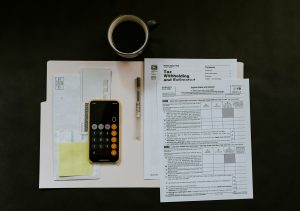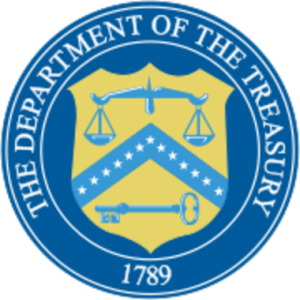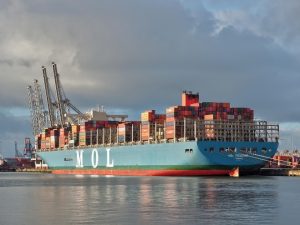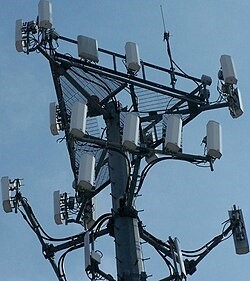Please log-in to report.
Africa, South America, North America, Europe, Asia, Oceania
Sign-up / Log-in to be up-to-date and informed!
Choose your News Preferences Below
Top News Stories Worldwide
Your Current Default Preferences are:
Zimbabwe Top Stories
Top Stories
for the 29 Sep - 05 Oct
< Previous week Next week >

Zimbabwe launched a new online Tax and Revenue Management System (TaRMS), developed under a $10.4 million project co-funded by the African Development Bank. Deputy Finance Minister Kudakwashe David Mnangagwa unveiled the system in Harare. It aims to improve domestic resource mobilization, expand the tax base, and increase efficiency. ZIMRA reported a 238% rise in revenue from new taxpayers in 2024, the first full year after the system’s rollout.

The treasury announced broad spending cuts to reduce the budget deficit. Finance Secretary George Guvamatanga froze new recruitment except for essential posts, cut fuel allocations by 25%, suspended hotel-based workshops, and tightened controls on foreign travel. Ministries must obtain Treasury approval for contracts over US$2 million. Purchases of vehicles and equipment are postponed to 2026, while only high-impact projects will receive funding. The measures aim to restore fiscal stability.

Kavango Resources reported high-grade gold at its Bill’s Luck Gold Mine in southern Zimbabwe, part of the Hillside Project. Drilling showed 8.05 meters of rock containing 8.09 grams of gold per tonne at a depth of 158.62 meters, with other samples confirming gold presence down to at least 160 meters. CEO Ben Turney said the results exceeded expectations and support plans to expand operations with a fourth shaft level, reinforcing the mine’s long-term potential.

Zimbabwe’s foreign currency reserves reached US$900 million, supported by US$2.2 billion in inflows that raised total reserves to US$10.4 billion by August, up from US$8.2 billion a year earlier. The Reserve Bank of Zimbabwe said gold and tobacco exports drove the increase, contributing to a projected current account surplus of US$1.3 billion. The Monetary Policy Committee credited money supply management for exchange rate stability and kept policy rates unchanged, forecasting ZiG inflation near 20% by year-end.

Zimbabwe unveiled a National Trade Tariff Policy (NTTP) to make import duties transparent and predictable. The policy lowers tariffs on raw materials and raises them on finished goods to encourage local value addition. It also proposes a standalone Tariff Act, five-year reviews, and tariff handbooks for clarity. Officials said the NTTP aligns with Vision 2030, WTO, and AfCFTA commitments, aiming to boost competitiveness, attract investment, and support industrialization.

The mobile telecoms sector posted strong second-quarter growth, with operator revenues rising 9.24% to ZWG 6.71 billion and costs falling 5.47%, according to POTRAZ. Capital expenditure jumped 261% to ZWG 1.53 billion, supporting 68 new 5G base stations and 246 LTE sites. Data services generated nearly half of total revenue, driven by platforms like YouTube and Netflix, while traditional voice services continued to decline as consumers shifted to over-the-top (OTT) apps.

